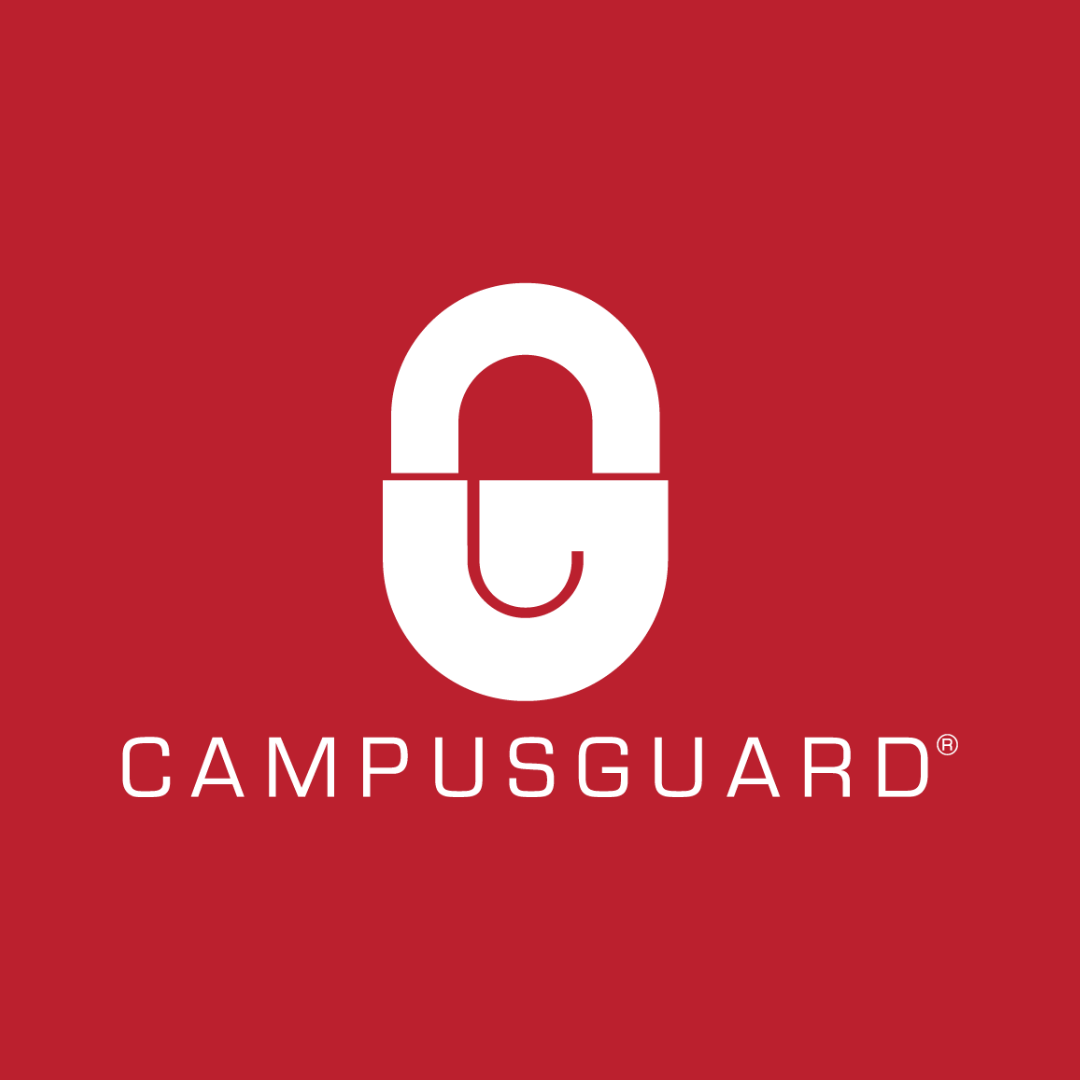
When a Trusted Campus Portal Hijacks Trust
In 2020, a major public university disclosed that its online bookstore had been compromised by a malicious script for nearly nine months.
During that time, attackers skimmed credit card data, names, and addresses from roughly 2,600 customers, including parents and students making routine purchases. Families believed they were shopping securely on a university site, but in reality, their payment details were being stolen in real time.
Just three years later, in 2023, the MOVEit file-transfer vulnerability rippled across higher education, exposing sensitive data at nearly 900 colleges and universities through the National Student Clearinghouse and other vendors. Millions of students and staff were affected, reinforcing how quickly a third-party weakness can compromise an entire sector.
These incidents underscore a painful truth: third-party vulnerabilities don’t stay with vendors. They land squarely on the institution whose logo sits on the page. For families and alumni, there’s no difference between “your vendor” and “your university.”
Defining the Risk: The Hidden Danger in Plain Sight
E-Skimming, also called digital skimming or formjacking, occurs when attackers inject malicious JavaScript into a payment page to capture sensitive data during checkout. Transactions appear seamless, but behind the scenes, cardholder information is seized by criminals.
Universities are particularly vulnerable due to their reliance on vendor-managed portals, including bookstores, dining services, alumni giving, housing deposits, parking permits, and ticketing systems. These services carry the university’s branding but often operate with little oversight from campus IT or security teams. That lack of visibility is exactly where attackers thrive.
The Compliance Imperative: Oversight Is Mandatory
These risks are why PCI DSS 4.0.1 strengthened its requirements. Institutions must now demonstrate oversight across all payment environments, whether managed internally or by a vendor:
- Requirement 6.4.3 – Authorize and integrity-check all scripts on payment pages.
- Requirement 11.6.1 – Detect unauthorized script activity in real time.
- Requirement 12.8 – Conduct due diligence on service providers and embed explicit security requirements in contracts.
In other words, compliance demands visibility into vendor platforms, not just your own.
What Changed in PCI DSS 4.0.1?
PCI DSS 4.0.1 is the first maintenance release of PCI DSS 4.0. While the core requirements remain unchanged, this update clarifies intent, corrects wording inconsistencies, and provides greater alignment between requirements and testing procedures.
For institutions, the takeaway is simple: the expectations are the same, but the clarity is sharper. That means fewer gray areas when it comes to proving compliance with script monitoring (6.4.3, 11.6.1) and vendor due diligence (12.8). For higher education leaders, it underscores that oversight of vendor-managed platforms isn’t just good practice; it’s now a clearly defined compliance obligation.
From Blind Spots to Control
Universities have often considered vendor assurances as equivalent to protection. But as the MOVEit incident proved, those blind spots carry real consequences. Institutions must treat vendor-managed portals as part of their own risk environment because, reputationally, they already are.
Demanding stronger vendor contracts, building cross-department collaboration into purchasing and risk reviews, and deploying real-time monitoring go beyond vendor promises.
Why It Matters to Higher Educational Institutions
Every transaction made on a page with your university’s branding carries your reputation. Parents and alumni won’t blame a vendor if their card is skimmed; they’ll blame you. The trust lost in those moments can be harder to recover than the compromised data itself.
By proactively extending oversight into vendor environments, institutions not only meet compliance obligations but also protect the trust their communities place in them every day.
CampusGuard’s ScriptSafe was designed to do exactly this. With only two lines of code, ScriptSafe delivers real-time monitoring and blocking of malicious script activity, bringing AI-driven accuracy and PCI DSS 4.0.1 alignment to both institutional and vendor-managed environments.
Want to see what risks may be hiding in your vendor-managed portals? Explore our on-demand ScriptSafe demo or request a live demo for your institution, and benchmark your defenses today.

